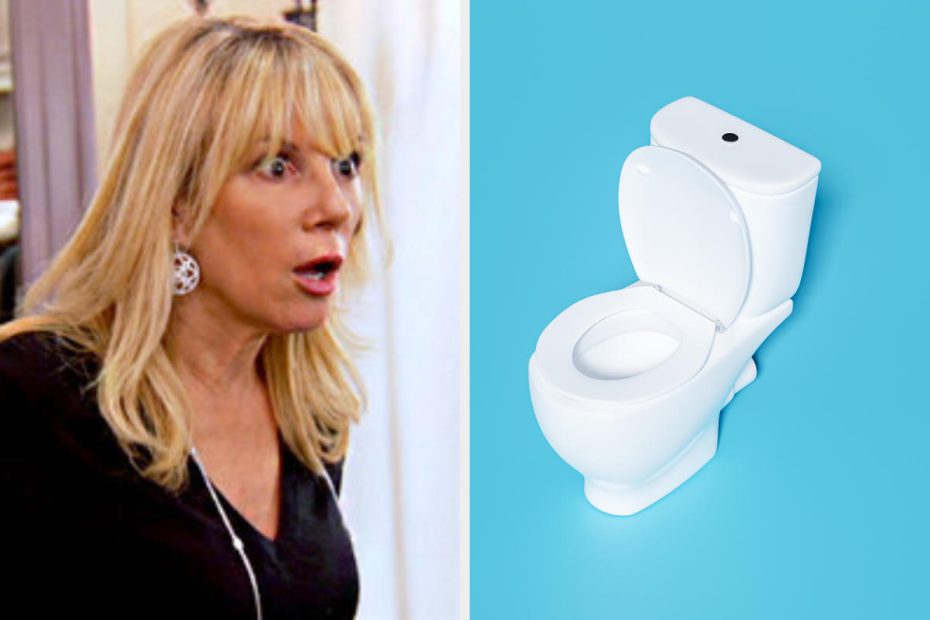When you go to the toilet, you probably don't notice what your urine looks like or smells like.
Normally, our urine is made up of 95% pure water and 5% other compounds. “Normal” urine generally doesn't smell if you're healthy and well-hydrated. Additionally, urine is usually a light yellow color, similar to lemonade. (If it's clear, you may be drinking too much water.)
However, when something is wrong, odors can develop and the urine can change color. Here are some changes that warrant a visit to the doctor:
Urine with a sweet or fruity odor


If your urine smells sweet or fruity, it could be a warning sign that something is wrong and you should see a doctor.
“Diabetes is a condition in which the body is unable to move sugar into the cells, so excess sugar remains in the bloodstream,” says Dr. Katherine Klos, a board-certified urologist and Uqora Medical Advisor. “That excess sugar eventually ends up in your urine, which causes increased urine volume and a characteristic sweet odor.”
In addition to a sweet smell, you may notice that you need to go to the toilet more often. This can also be an indication of diabetes.
An ammonia smell
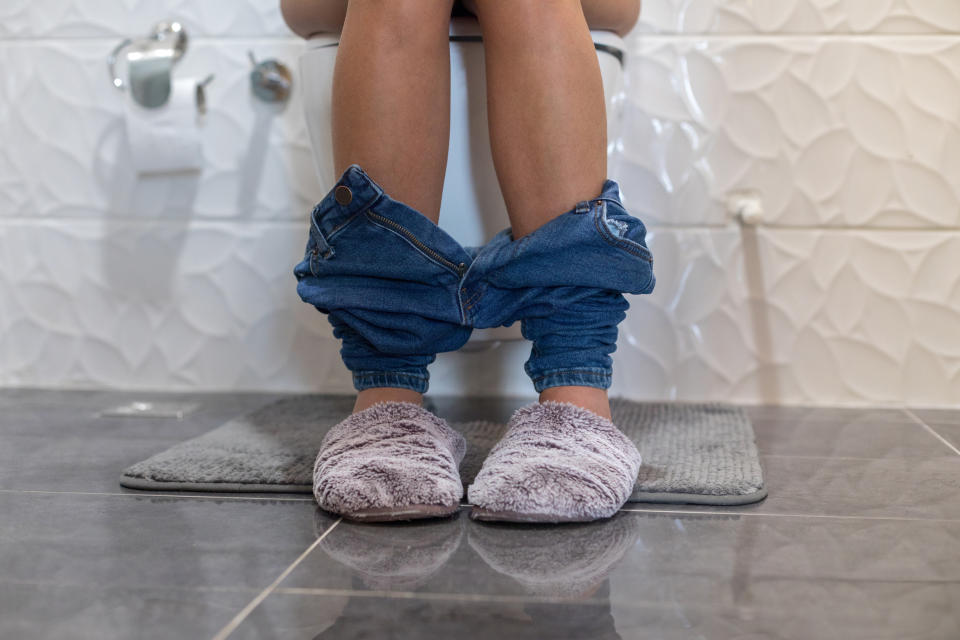

You may be familiar with the smell of ammonia from cleaning products or smelling salts. If your urine starts to smell like ammonia, it may be a cause for concern.
“When urine becomes very concentrated, with a high level of waste products and a minimal amount of water, it can have a strong ammonia odor,” says Dr. Laurence Orbuch, medical director of GYN Laparoscopic Associates in Los Angeles.
Dr. Jodie Horton, chief wellness advisor for Love Wellness, also noted that ammonia-smelling urine can indicate liver disease. If this happens to you, schedule an appointment with your doctor.
A smell that resembles rotten eggs


No one likes the smell of rotten eggs. If your urine smells like it, it could be a warning sign.
“The smell of rotten eggs can usually be attributed to E. coli “Due to the production of hydrogen sulfide,” said Klos.
More often, though, the rotten egg smell can also be caused by “certain antibiotics that contain sulfa,” Horton added. If you're taking certain antibiotics or have recently stopped taking them, consider that as a possible cause.
Pee that is red
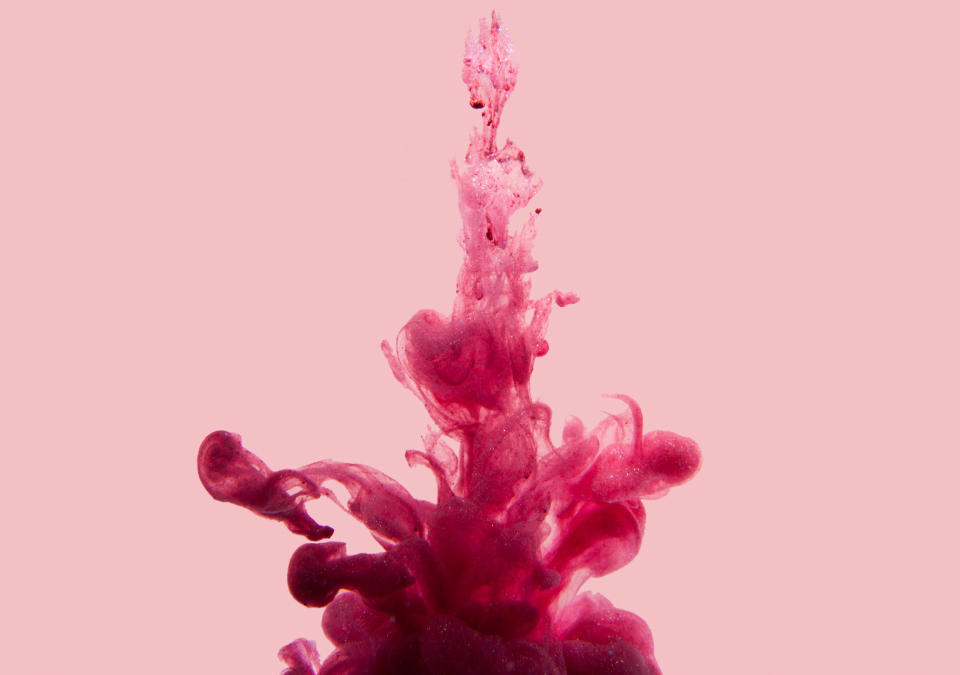

If you're not on your period and your urine is red, think about what you ate first: Foods like beets, blackberries, and rhubarb can give your urine a reddish-pink color.
If not, consider calling your doctor. “Red could mean there’s blood in your urine or you have kidney stones,” Horton said.
Blue and green urine
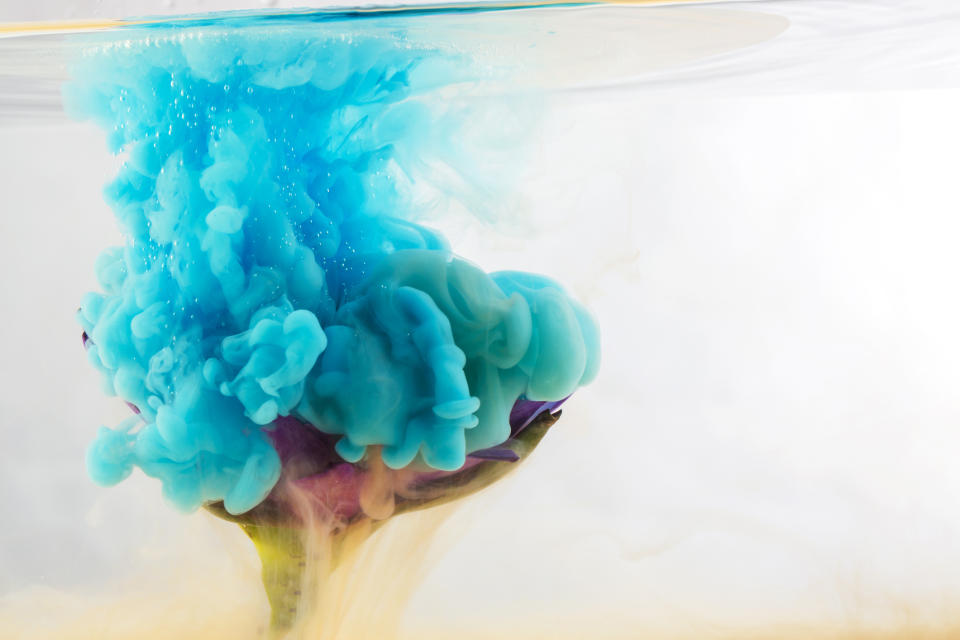

Unless you've recently ingested blue or green food coloring, see a doctor if your urine looks like Gatorade or a sports drink. “Green and blue urine can indicate a bacterial infection,” Horton said.
Orange urine


When was the last time you drank some water? Dehydration is the main cause of orange urine, which can usually be resolved with a few glasses of water. However, if your stool is light brown in addition to orange urine, it could be a sign of a bile duct problem that you should see a doctor about.
A few more points to consider before you panic:
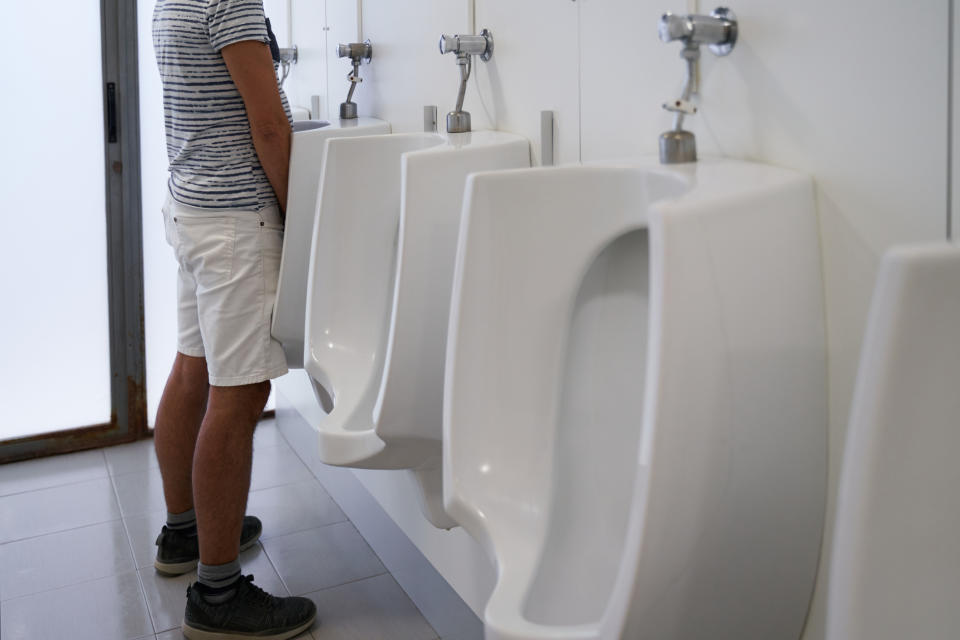

Pee with an odor isn't always cause for concern. In many cases, it can be caused by something in your diet. Asparagus, for example, is a common cause.
“Asparagus contains an acid that causes a strong sulfurous odor in your urine,” said Dr. Emily Von Bargen, a urogynecologist for Cheeky Bonsai. “Fish, onions, garlic, Brussels sprouts, coffee and foods with curry can also cause a noticeable change in odor.” If the musty smell is coming from food, it should usually go away within a day or two, she added.
In addition, there are daily habits and factors that can affect how urine smells and looks, but that don’t indicate an underlying problem. “Think about the most common factors that can give your urine a new odor: hydration status, diet, supplements and vitamins, and hygiene products,” Klos said. Holding your urine for too long can also cause an odd odor.
In general, if the odor or color does not return to normal quickly, Orbuch recommends contacting your doctor for a formal evaluation. This will likely consist of diagnostic tests to determine the cause of the odor and/or color change.This article originally appeared on HuffPost.
